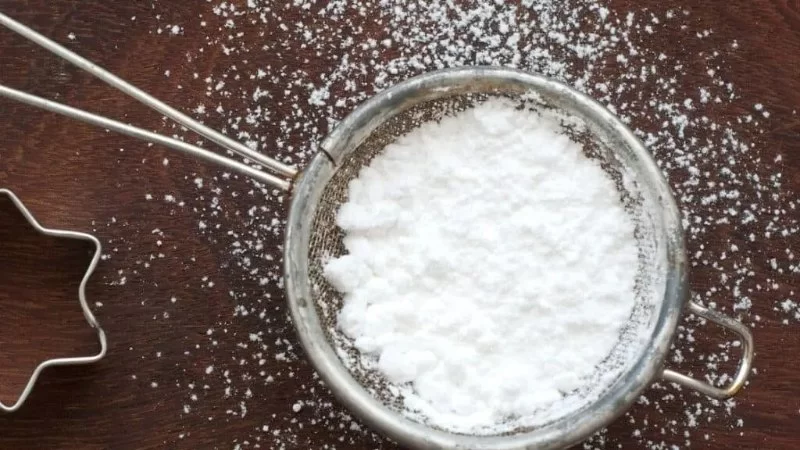- Understanding-Powdered-Sugar
- Why-Does-Powdered-Sugar-Taste-Like-Perfume
- The-Ingredients-and-Chemistry-Behind-Powdered-Sugar
- How-Storage-Affects-Flavor
- Real-Life-Experiences-with-Powdered-Sugar
- How-to-Avoid-Off-Flavors-in-Sugar
- How-Scent-Snob-Explores-Scent-and-Flavor
1. Understanding Powdered Sugar
Powdered sugar, also known as confectioner's sugar or icing sugar, is finely ground sugar mixed with a small amount of cornstarch to prevent clumping. It’s commonly used in frosting, icing, and baked goods for its ability to dissolve easily and create smooth textures. Though it’s a kitchen staple, many people notice that powdered sugar has a slightly odd flavor, sometimes even reminiscent of perfume. But why does powdered sugar taste like this?
2. Why Does Powdered Sugar Taste Like Perfume?
Some people report that powdered sugar has a floral or perfume-like taste, which is largely due to the cornstarch that’s often used to prevent clumping. While cornstarch itself is flavorless, the way it interacts with sugar can bring out a faint, odd aftertaste that some might describe as "perfume-like." The effect can be more pronounced in cheaper or lower-quality brands of powdered sugar, where the cornstarch may be more heavily processed or stored improperly.
3. The Ingredients and Chemistry Behind Powdered Sugar
The main components of powdered sugar are sugar and cornstarch. When the sugar is ground into a fine powder, it interacts with the cornstarch, which can occasionally cause it to absorb moisture from the air. The process of grinding and blending sugar also creates a unique flavor profile that, under certain conditions, can result in the “perfume-like” aftertaste. Additionally, different batches of sugar, based on their origin and processing, may carry subtle differences in flavor.
4. How Storage Affects Flavor
Storage plays a significant role in how powdered sugar tastes. When stored improperly, especially in humid environments, the sugar can absorb moisture and even pick up scents from its surroundings. This can exacerbate the floral or perfume-like taste. It's essential to store powdered sugar in an airtight container, away from strong odors, to maintain its natural, neutral sweetness and avoid contamination from other scents in your kitchen.
5. Real-Life Experiences with Powdered Sugar
One baker shared her experience of working with powdered sugar for frosting and noticing a strange perfume-like taste. After experimenting with different brands, she found that higher-end, organic powdered sugars often lacked the floral aftertaste. Another consumer mentioned that they had used a brand of powdered sugar stored in a damp environment, which resulted in a more pronounced perfume-like flavor. These experiences highlight the importance of quality and storage when it comes to powdered sugar flavor.
6. How to Avoid Off Flavors in Sugar
To avoid that unpleasant perfume-like taste in powdered sugar, it's best to purchase high-quality, well-stored brands. Look for powdered sugar that uses minimal cornstarch and store it in a cool, dry place. If you're concerned about flavor, consider sifting your powdered sugar before use to help eliminate any odd aftertastes caused by moisture. You can also try making your own powdered sugar at home by blending granulated sugar in a food processor, which allows you to control the ingredients and avoid unwanted additives.
7. How Scent Snob Explores Scent and Flavor
At Scent Snob, we understand that scent and flavor are intimately connected. Just as a perfume’s top notes can influence how we perceive a fragrance, the subtle flavors in ingredients like powdered sugar can shape the overall experience of a dish. We explore the relationship between scent and taste, offering insights into how to enhance both with our products. Whether it’s finding the right essential oils to balance your homemade body shimmer spray or exploring flavors for the perfect bake, Scent Snob connects the sensory dots to create a harmonious experience.


0 comments